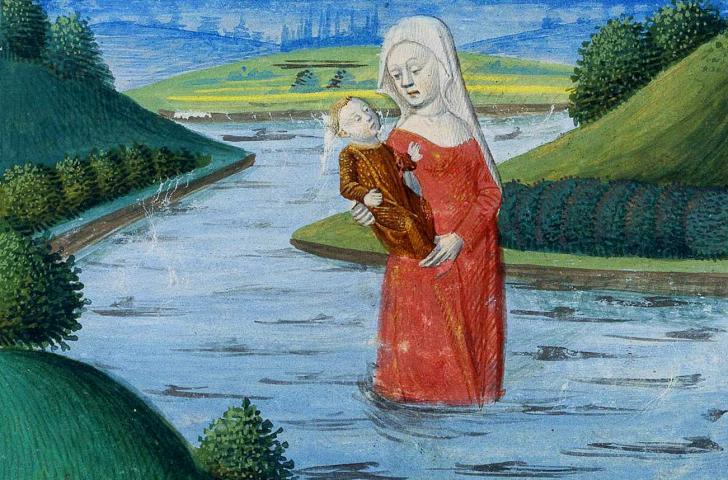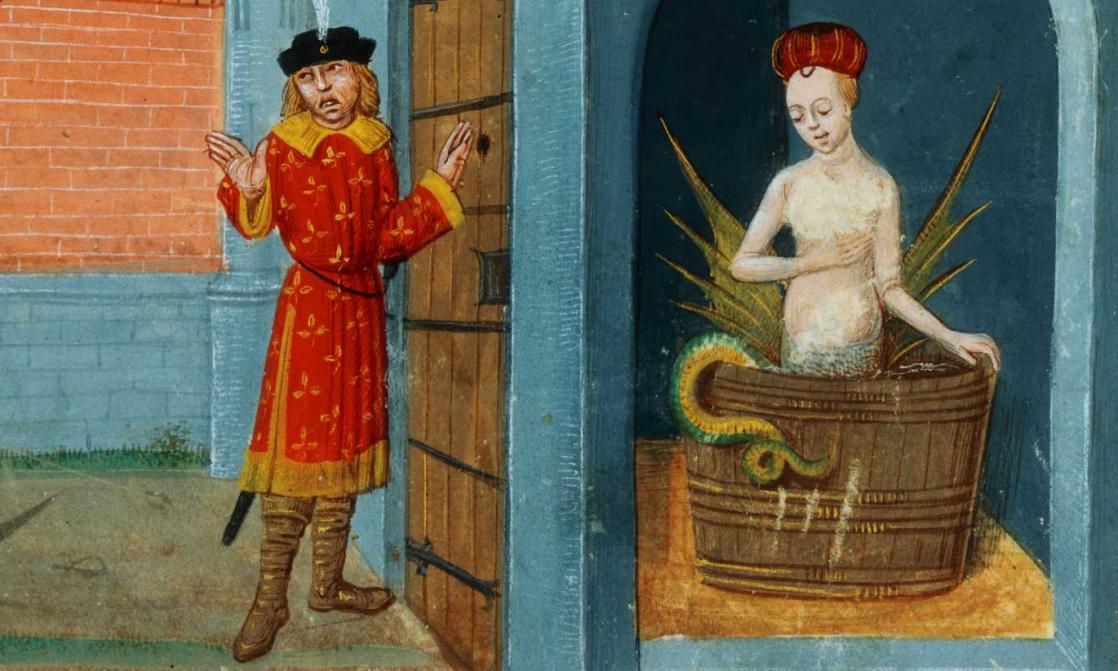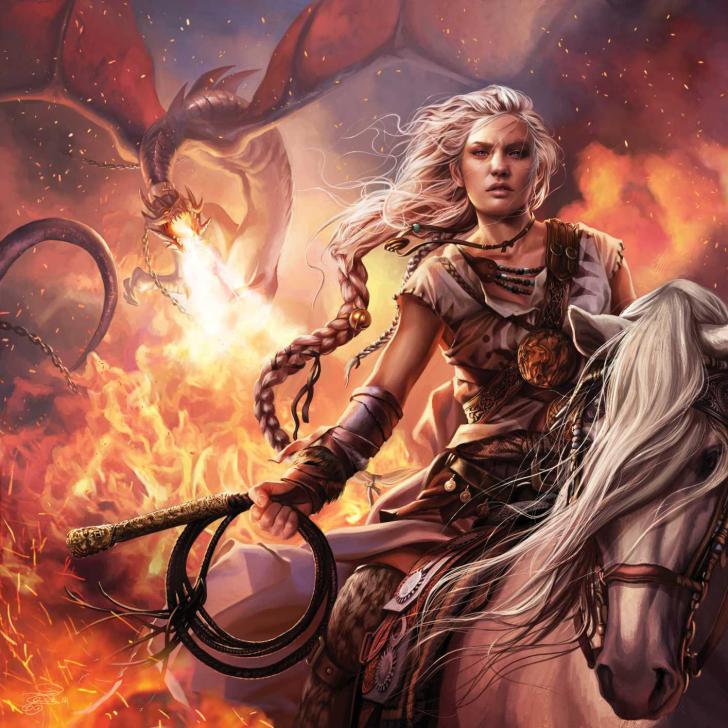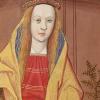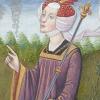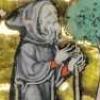Heroines: From Damsels in Distress to Bold Witches
Often inspired by older literary models, female characters, who tended to be overlooked by fantasy in the beginning, have become emancipated and are gradually turning into heroines and formidable fighters.
Neither early fantasy nor medieval literature seem to have shown much interest in women. Although fantasy is starting to evolve on that score, most of its early authors and readers were male. Traditionally, the genre focused on manly heroism and virile values: women were rarely active subjects, but rather passive objects to win over, protect, or save. The Middle Ages are pictured as a chauvinistic, patriarchal society. Female characters descended from the antithetical Biblical models of Eve and Mary, or from various pagan mythologies that cast them in a deeply ambivalent light. They could incarnate the power of chaos or, on the contrary, the most extreme refinements of civilization: queen, courted but distant lady, damsel in distress, or fairy.
Yet references to medieval women have always fed fantasy. In Tolkien’s work, female elves, like Arwen and Galadriel, descend from fairies. There are also high-ranking courtly ladies, like Guinevere and Isolde. They personify absolute values, but sometimes also play crucial roles in the plot, like Lúthien Tinúviel in The Silmarillion.
Reinventing Fairies
Some leading female characters descend from medieval fairies. The Lady of the Lake is crucial to both Stephen Lawhead’s Pendragon Cycle and to Andrzej Sapkowski’s Witcher saga. In The Mists of Avalon, Marion Zimmer Bradley includes a vast array of female characters who inherit potent natural powers, dividing, inverting or refreshing her medieval models. Contemporary authors draw on an imaginary legacy, incorporating more recent ideas, like Wicca, which worships a supreme mother goddess who can be both protective and terrifying. This neo-witchcraft draws its power from glorified nature, where fairies also originate, because they descend from ancient mythological figures like muses, sylphs and other nature deities. That doesn’t keep urban fantasy, in particular, from reimagining them far from their natural territory, like in Pierre Pevel’s Marvelous Paris (Le Paris de Merveilles) and Anne Fakhouri and Xavier Dollo’s American Fays.
Good or Wicked?
Medieval fairies were known for their breathtaking beauty and knowledge, but it is unclear whether those qualities were gifts from God or the Devil. Having been shaped by both Christian and Celtic influences, their descendants in fantasy can be called "fairies," but may also be “witches” or “magicians.” In any case, one must beware of words’ meanings, because fairies aren’t always well-intentioned. They can also be frightening or meddlesome, while witches, who are often terrifying, can also be benevolent or even funny. There are infinite differences between Viviane, Morgan and Melusina, from the Middle Ages, just as there are between Polgara (David Eddings) and La Crécerelle (“The Kestrel,” Patrick Moran), among others, in fantasy. As in Neil Gaiman’s Stardust, diverse influences – from the Middle Ages, fairy tales and folklore – often overlap in fantasy’s fairies.
Girls on the Front Lines
Female power is expressed in an almost virile way by women warriors, descendants of the Amazons. Excellent models, inspired by Antiquity, can be found in the Middle Ages: Daenerys Targaryen, from George R.R. Martin’s Song of Ice and Fire, is an ideal incarnation of them. In Tolkien, Eowyn has no qualms about donning men’s garb to achieve her goal. More generally, powerful female characters have an auxiliary role, seconding the hero, like Viviane in the Middle Ages and Arya in Christopher Paolini’s Inheritance cycle. Some independent women even manage to rise entirely above the comparison to men, especially in urban fantasy.
In fact, young girls are often the ones who take on the breadth and depth of true heroines, like Lucy Pevensie in C.S. Lewis’s Chronicles of Narnia, Lyra Belacqua in Philip Pullman’s His Dark Materials, and Hermione Granger in J.K. Rowling’s Harry Potter series. They are bold risk-takers, and the world’s future may hang in the balance of their actions. What’s more, they often turn out to be the only ones able to perceive what remains impenetrable to the male heroes, even when they’re older. There are no more limits on what heroic female characters can do.
